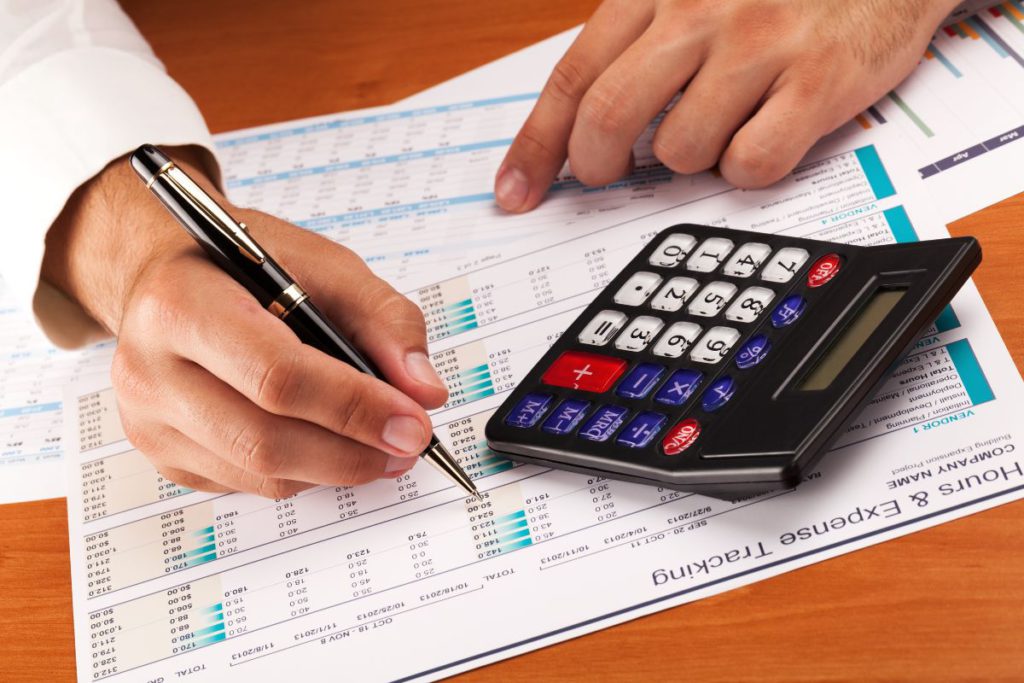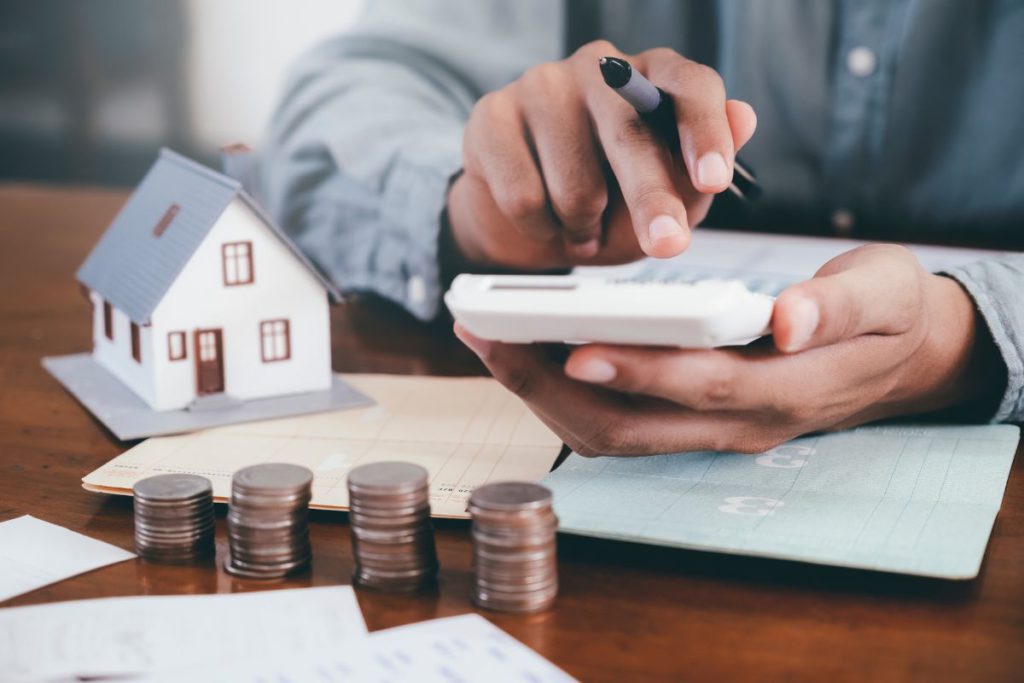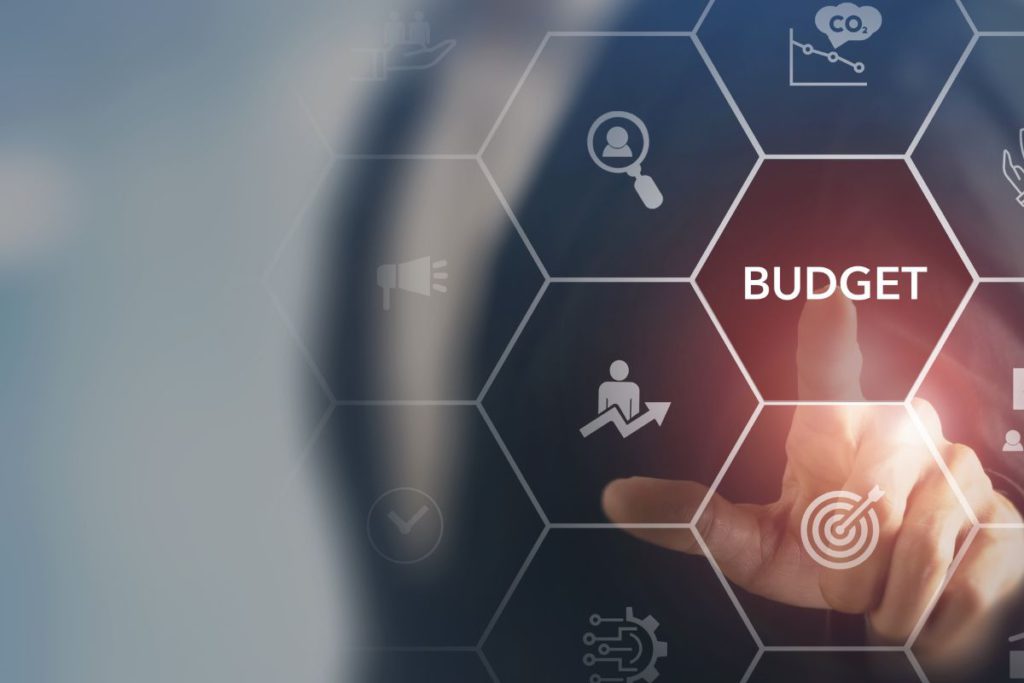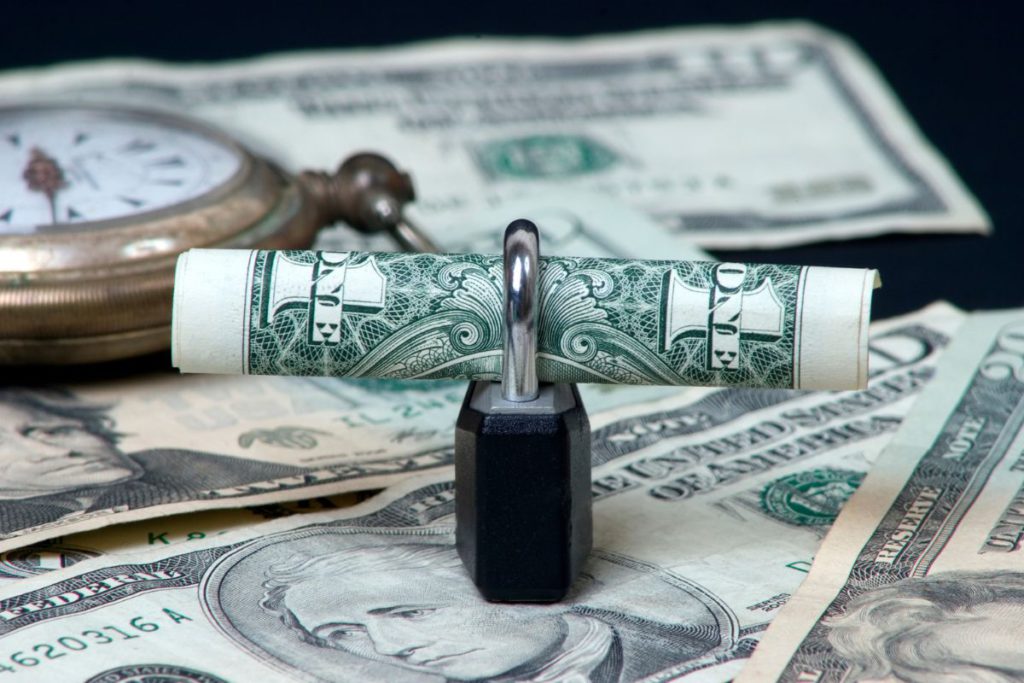Have you ever felt like your money slips through your fingers? You’re not alone! Many of us struggle to keep track of our spending and save for our goals. But what if I told you there’s a simple, effective way to take control of your finances? Enter the world of micro budgeting – your new best friend in the journey to financial freedom!
What is Micro Budgeting?
Micro budgeting is like examining your finances under a microscope. Instead of examining your money in big chunks, you break it down into smaller, more manageable pieces. It’s all about tracking and controlling your spending on a granular level—we’re talking down to the last dollar!
Why Micro Budgeting Works
- Awareness: When you track every dollar, you become hyper-aware of your spending habits.
- Control: Small changes add up. By managing small expenses, you can significantly impact your overall financial health.
- Flexibility: Micro budgeting allows you to adjust your spending in real time, giving you more control over your finances.
Getting Started with Micro Budgeting
Ready to dive in? Let’s break it down step by step:
Step 1: Track Every Expense

Yes, every single one! That $3 coffee and the $1.50 parking fee – it all counts. Use a notebook, spreadsheet, or budgeting app to record every expense for at least a month.
Example:
| Day | Item | Cost |
|---|---|---|
| Monday | Coffee | $3.00 |
| Monday | Lunch | $8.50 |
| Monday | Parking | $1.50 |
| Monday | Grocery | $45.00 |
| Tuesday | Bus fare | $2.00 |
| …and so on |
Step 2: Categorize Your Expenses

Now that you have a list of expenses, it’s time to categorize them. Common categories include:
- Housing
- Transportation
- Food
- Utilities
- Entertainment
- Personal Care
- Debt Payments
- Savings
Step 3: Analyze Your Spending Patterns
Example:
| Category | Total Spent | Percentage of Income |
|---|---|---|
| Housing | $1200 | 30% |
| Transportation | $400 | 10% |
| Food | $600 | 15% |
| Utilities | $200 | 5% |
| Entertainment | $300 | 7.5% |
| Personal Care | $100 | 2.5% |
| Debt Payments | $500 | 12.5% |
| Savings | $700 | 17.5% |
Look at your categorized expenses. Where is most of your money going? Are there any surprises? This step is crucial for understanding your current financial habits.
Step 4: Set Micro Goals
Now that you know where your money is, it’s time to set some micro goals. These should be small, achievable targets that will help you improve your financial situation.
Examples of Micro Goals:
- Reduce daily coffee spending by $1
- Pack lunch twice a week instead of buying
- Cut streaming service subscriptions by one
- Increase savings by 1% of income
Step 5: Implement Your Micro Budget

Now, it’s time to put your plan into action! Allocate specific amounts to each category and stick to them. Remember, every dollar counts in micro budgeting.
Micro Budgeting Techniques
Let’s explore some practical techniques to make micro budgeting work for you:
The Envelope System
This old-school method still works wonders in the digital age!
- Create an envelope for each spending category.
- At the beginning of each month, put each category’s allocated cash in its respective envelope.
- Once an envelope is empty, you’ve reached your limit for that category.
Digital Alternative:
Use separate digital “envelopes” in your budgeting app or multiple bank accounts for different categories.
The 50/30/20 Rule
This simple Rule helps you allocate your income:
- 50% for needs (housing, food, utilities)
- 30% for wants (entertainment, dining out)
- 20% for savings and debt repayment
Example:
If your monthly income is $4000:
- Needs: $2000 (50%)
- Wants: $1200 (30%)
- Savings/Debt: $800 (20%)
The Zero-Based Budget
In this method, you give every dollar a job. Your income minus your expenses should equal zero.
Example:
Income: $4000
Expenses:
- Rent: $1200
- Utilities: $200
- Groceries: $400
- Transportation: $300
- Debt Payment: $500
- Entertainment: $200
- Personal Care: $100
- Savings: $1100
Total Expenses: $4000
Income ($4000) – Expenses ($4000) = $0
Making Micro Budgeting Work in Real Life
Now that we’ve covered the basics, let’s examine how to implement microbudgeting in daily life.
Use Technology to Your Advantage
There are numerous apps and tools designed to help you track your spending and stick to your budget. Some popular options include:
- Mint
- YNAB (You Need A Budget)
- Personal Capital
- Excel or Google Sheets for DIY budgeters
Automate Your Savings

Set up automatic transfers to your savings account on payday. This way, you’ll pay yourself first and reduce the temptation to spend that money.
Example:
If your goal is to save 20% of your $4000 monthly income:
- Set up an automatic transfer of $800 to your savings account on payday.
- Budget the remaining $3200 for your monthly expenses.
Use the 24-Hour Rule.
For non-essential purchases, wait 24 hours before buying. This cooling-off period can help you avoid impulse purchases.
Practice Mindful Spending
Before making a purchase, ask yourself:
- Do I need this?
- Will it add value to my life?
- Is there a less expensive alternative?
- How many hours do I need to work to pay for this?
Reward Yourself
Micro budgeting doesn’t mean you can’t enjoy life. Set aside a small “fun fund” for guilt-free spending.
Example:
Allocate $50 per month for your “fun fund.” Use this money for anything you want without feeling guilty.
Overcoming Common Micro Budgeting Challenges
Even with the best intentions, you might face some hurdles. Here’s how to overcome them:
Challenge 1: It’s Too Time-Consuming
Solution: Start small. Track just one category, such as food or entertainment. As you get comfortable, add more categories.
Challenge 2: I Keep Forgetting to Track Expenses
Solution:
- Make it a habit.
- Track expenses right after making a purchase.
- Set reminders on your phone if needed.
Challenge 3: My Partner Isn’t on Board
Solution: Communicate openly about your financial goals. Start by micro-budgeting your personal expenses and sharing your successes to inspire your partner.
Challenge 4: I Feel Deprived
Solution: Remember, micro budgeting is about awareness, not deprivation. Allow yourself small treats within your budget to avoid feeling restricted.
The Long-Term Impact of Micro Budgeting
Micro budgeting isn’t just about pinching pennies – it’s about creating a solid financial foundation for your future. Let’s look at the potential long-term impact:
Building an Emergency Fund
By micro-budgeting, you can gradually build up your emergency fund. Aim for 3-6 months of living expenses.
Example:
If your monthly expenses are $3000, your emergency fund goal would be $9000-$18000.
By saving just $100 extra monthly through micro budgeting, you could build a $3600 emergency fund in 3 years!
Paying Off Debt Faster
Micro budgeting can help you find extra money to put towards debt repayment.
Example:
Let’s say you have a $5000 credit card debt with 18% APR.
- Minimum payment (3% of balance): $150/month
- Time to pay off: 4 years and 3 months
- Total interest paid: $2,615
If you use micro budgeting to find an extra $100/month:
- New monthly payment: $250/month
- Time to pay off: 2 years
- Total interest paid: $975
You save $1,640 in interest and pay off your Debt 2 years and 3 months earlier!
Achieving Long-Term Financial Goals

Whether buying a house, starting a business, or retiring comfortably, micro budgeting helps you save consistently towards your goals.
Example:
Goal: Save $100,000 for a house down payment in 10 years
Without micro budgeting: Save $500/month at 5% interest = $77,641 after 10 years
With micro budgeting: Find an extra $200/month to save $700/month at 5% interest = $108,698 after 10 years
By micro-budgeting to find an extra $200/month, you exceed your goal and have your down payment ready!
Conclusion: Your Micro Budgeting Journey Starts Now
Micro budgeting is more than a financial strategy—it’s a mindset shift that puts you in control of your money. By focusing on the small details, you can create big changes in your financial life.
Remember, the key to successful micro-budgeting is consistency and patience. You might not see dramatic results overnight, but over time, those small changes add up to significant improvements in your financial health.

So, are you ready to take control of your finances, one dollar at a time? Start your micro budgeting journey today, and watch your financial stress melt away, replaced by confidence and control.


